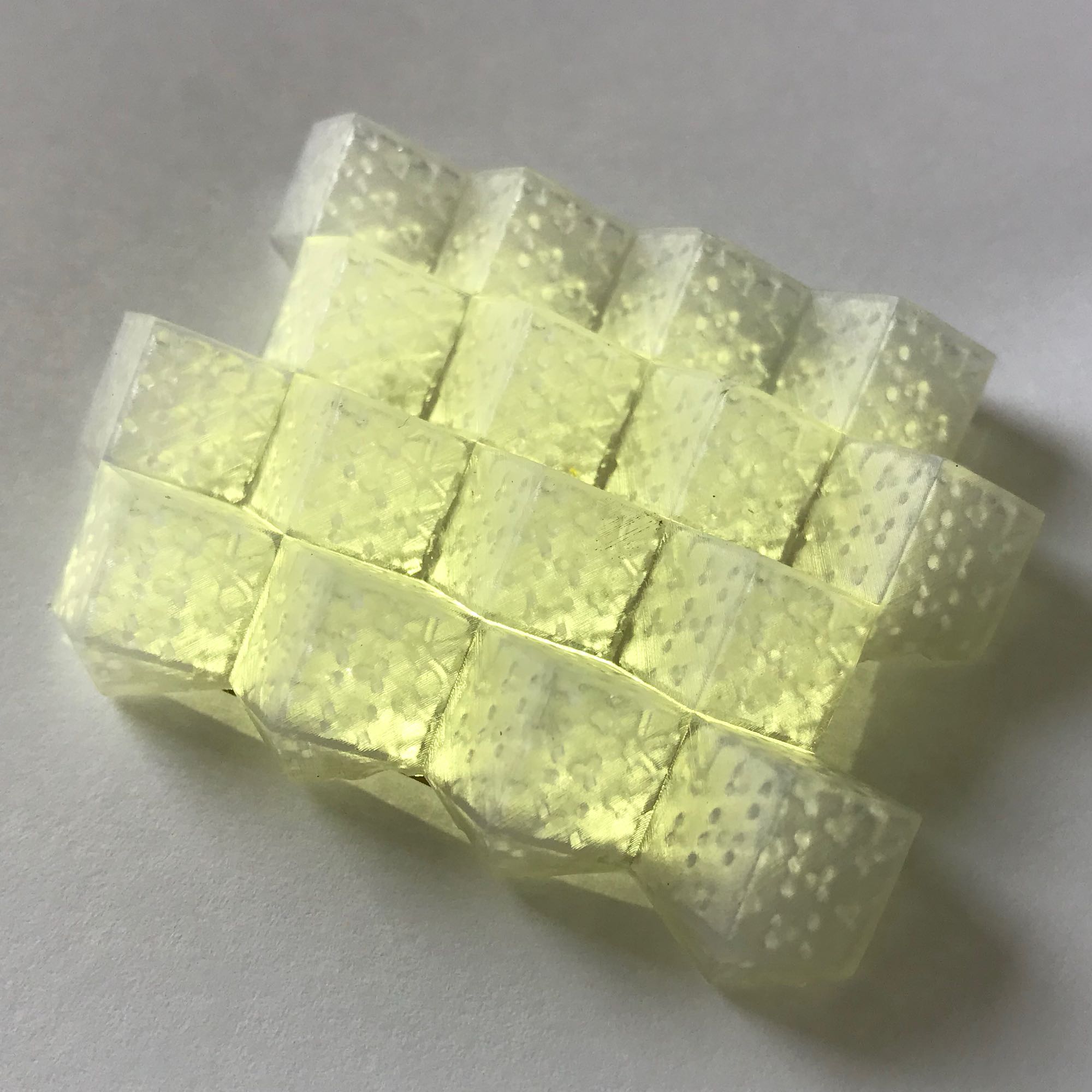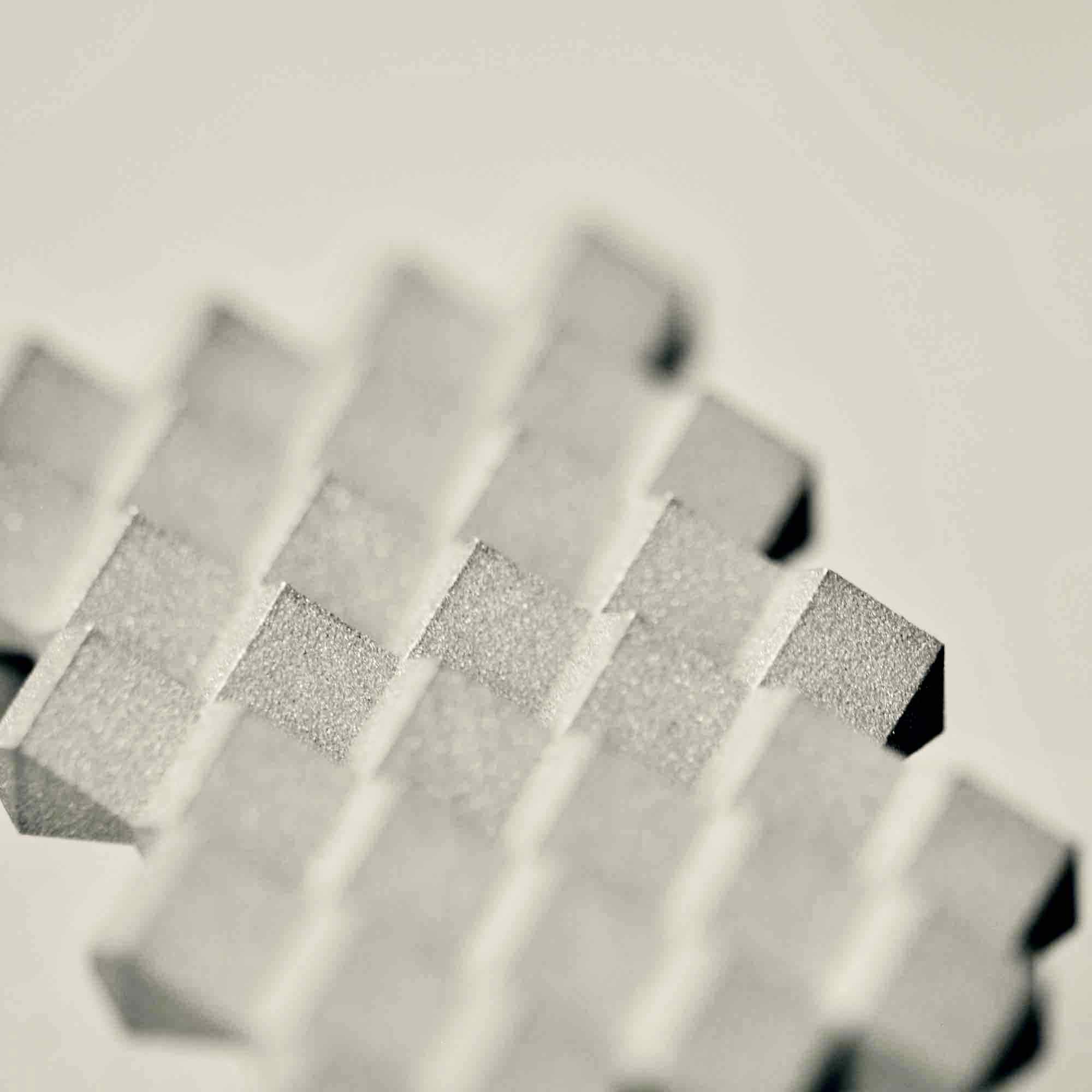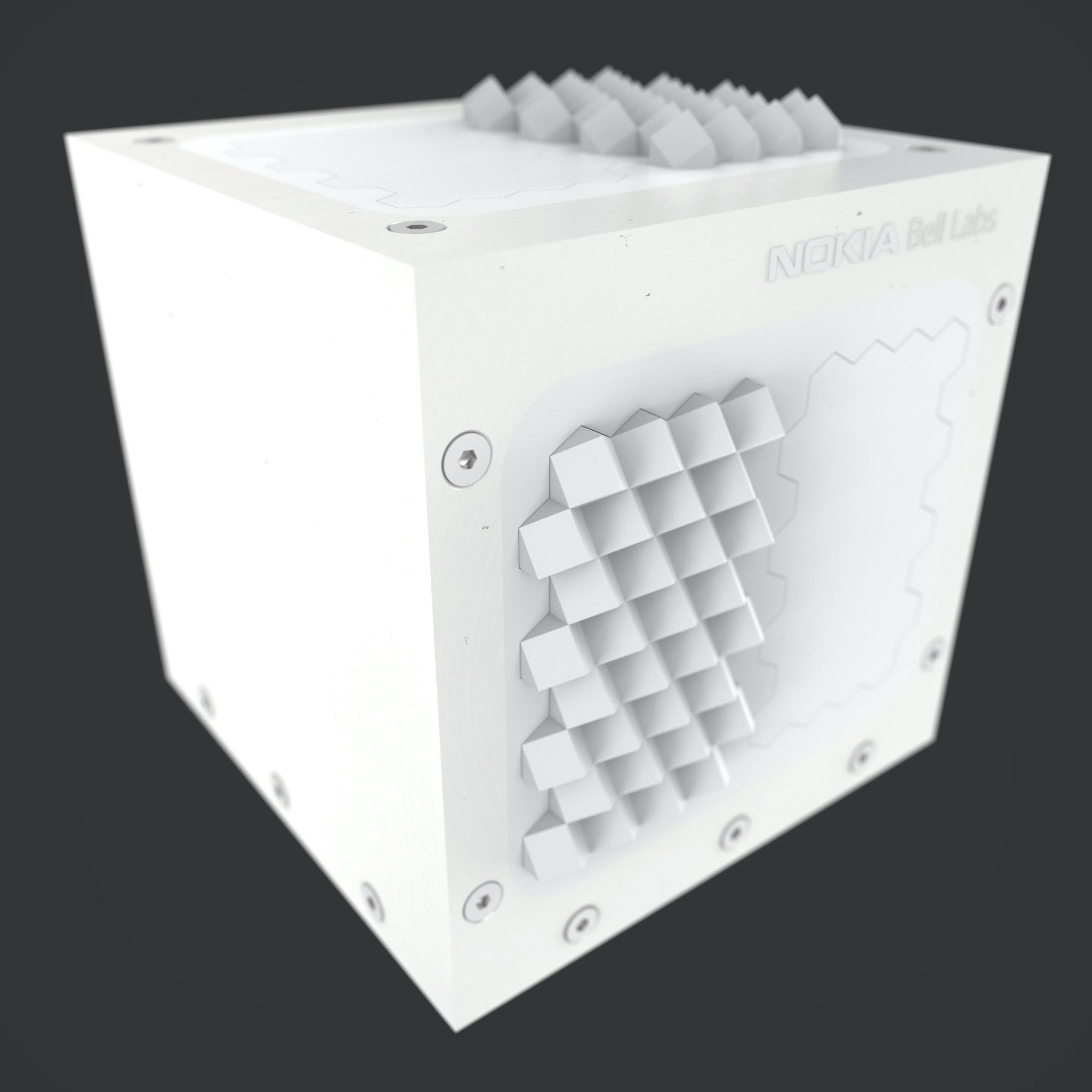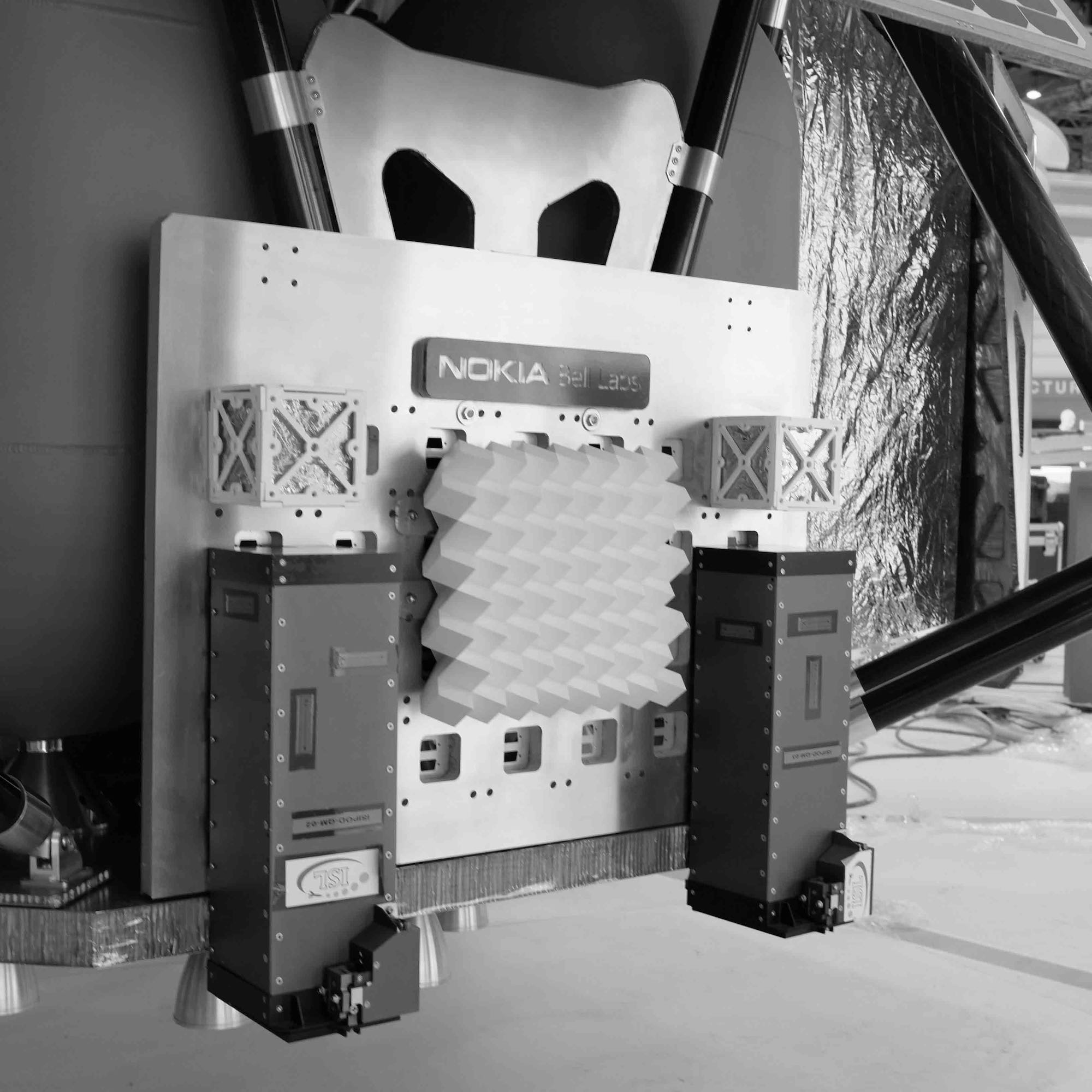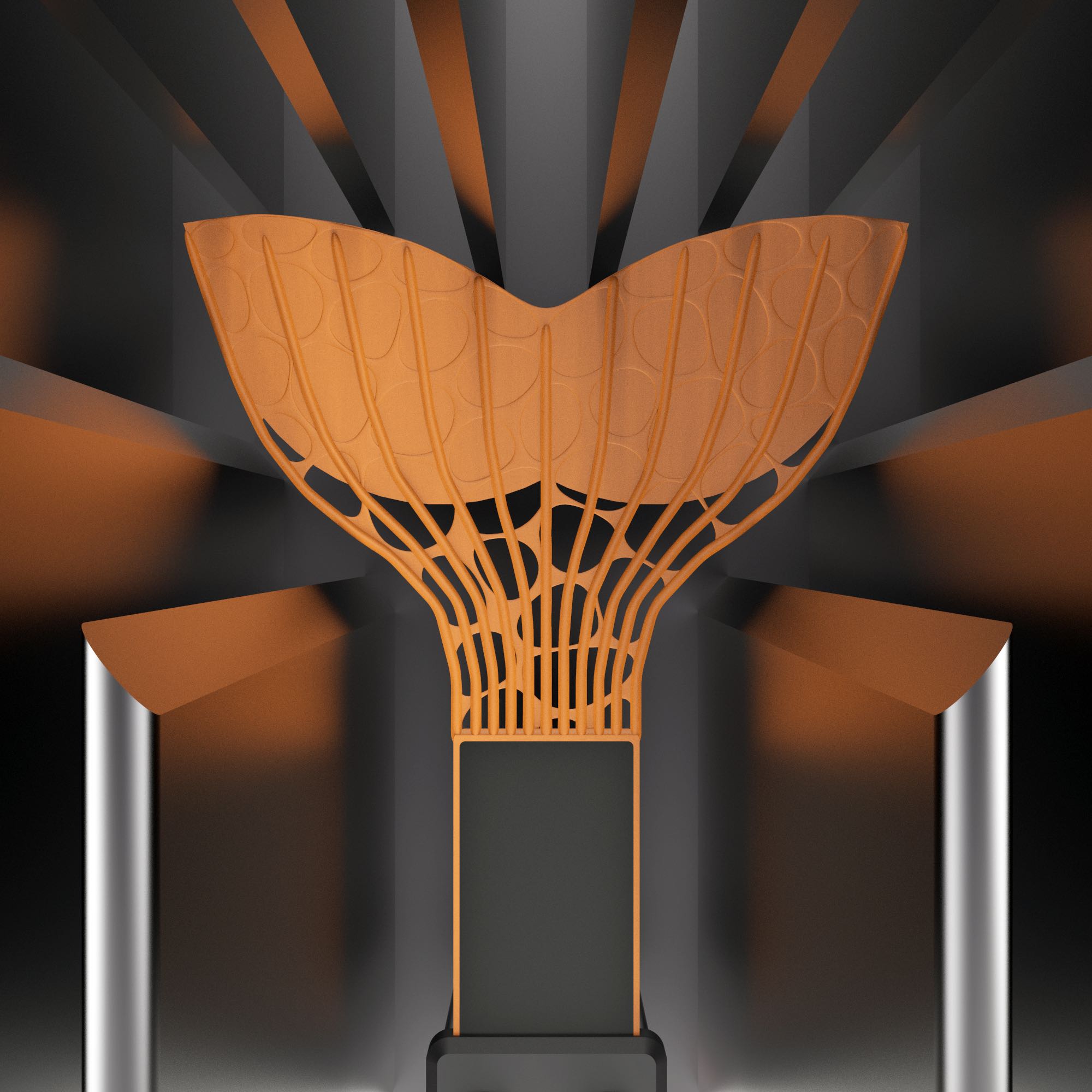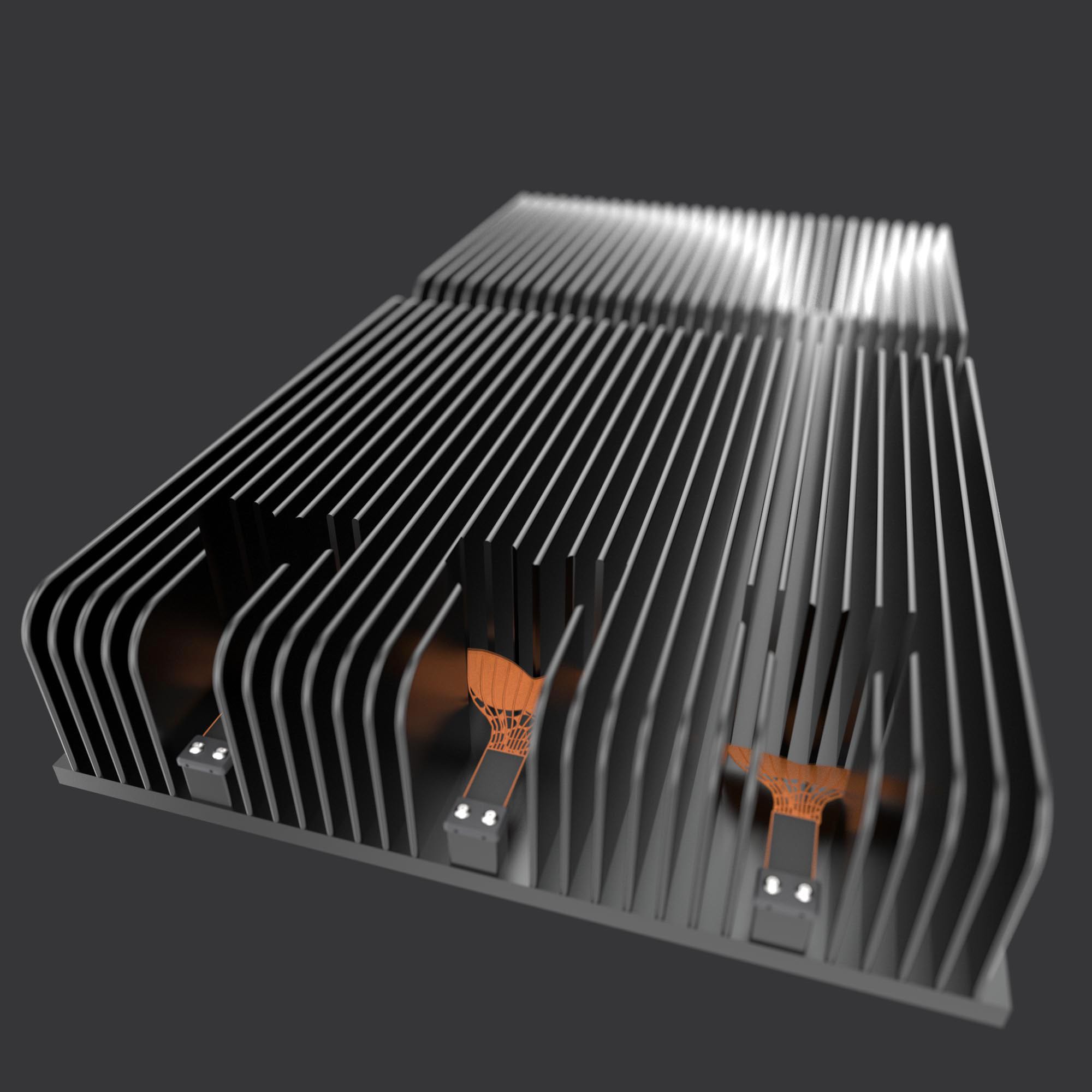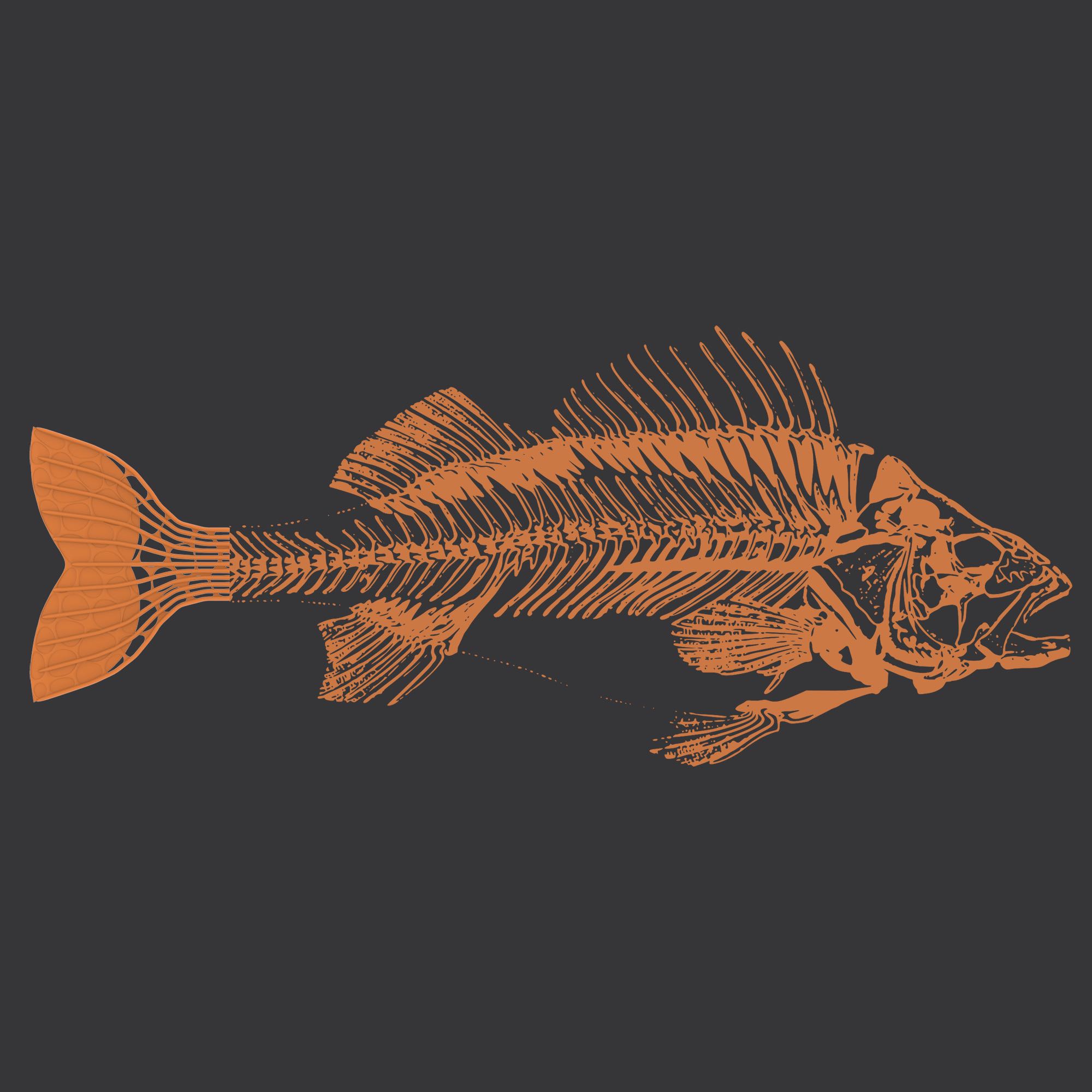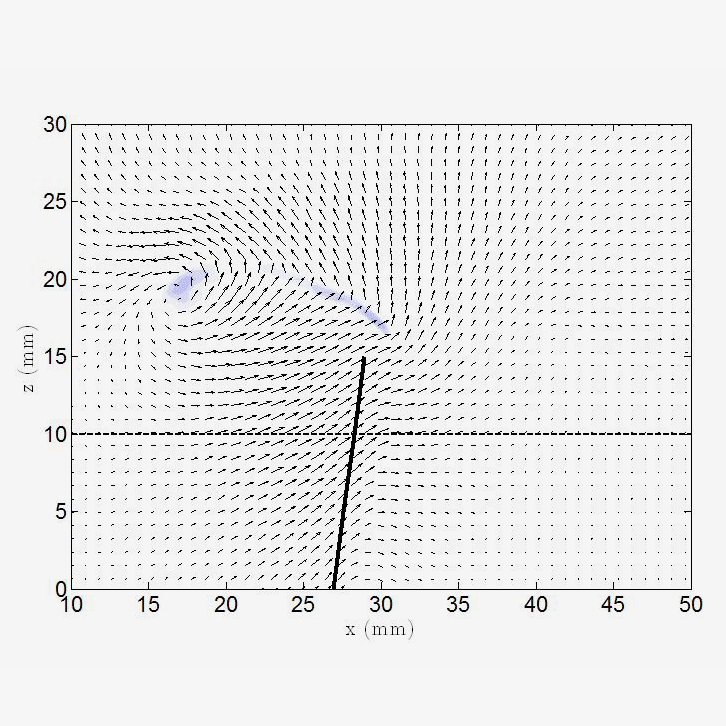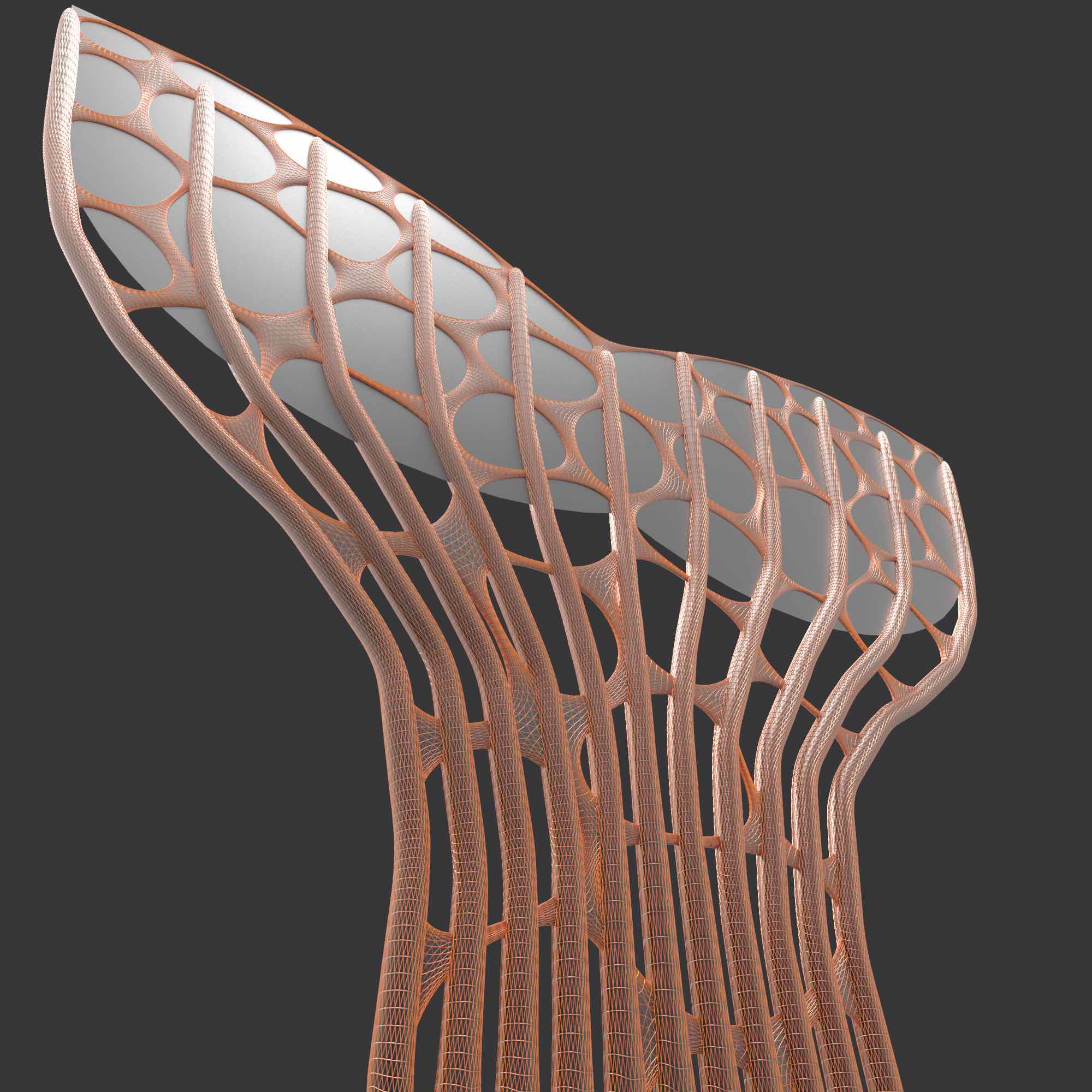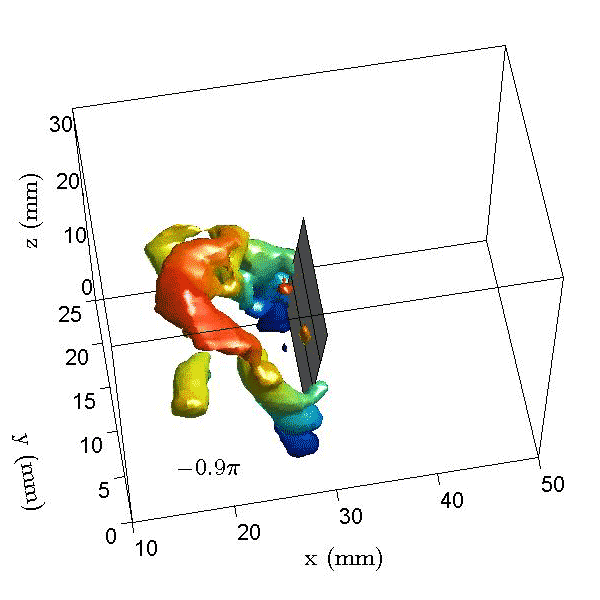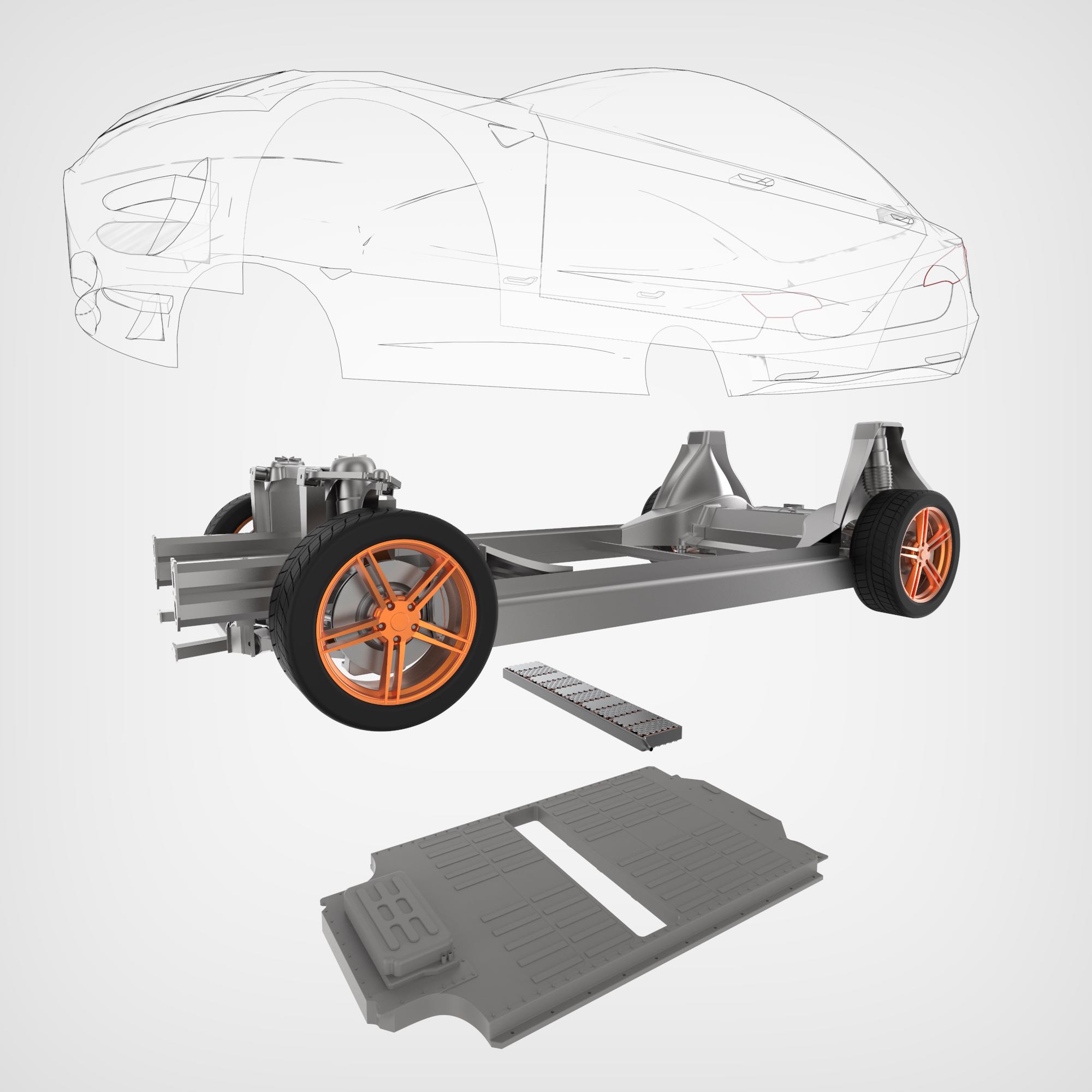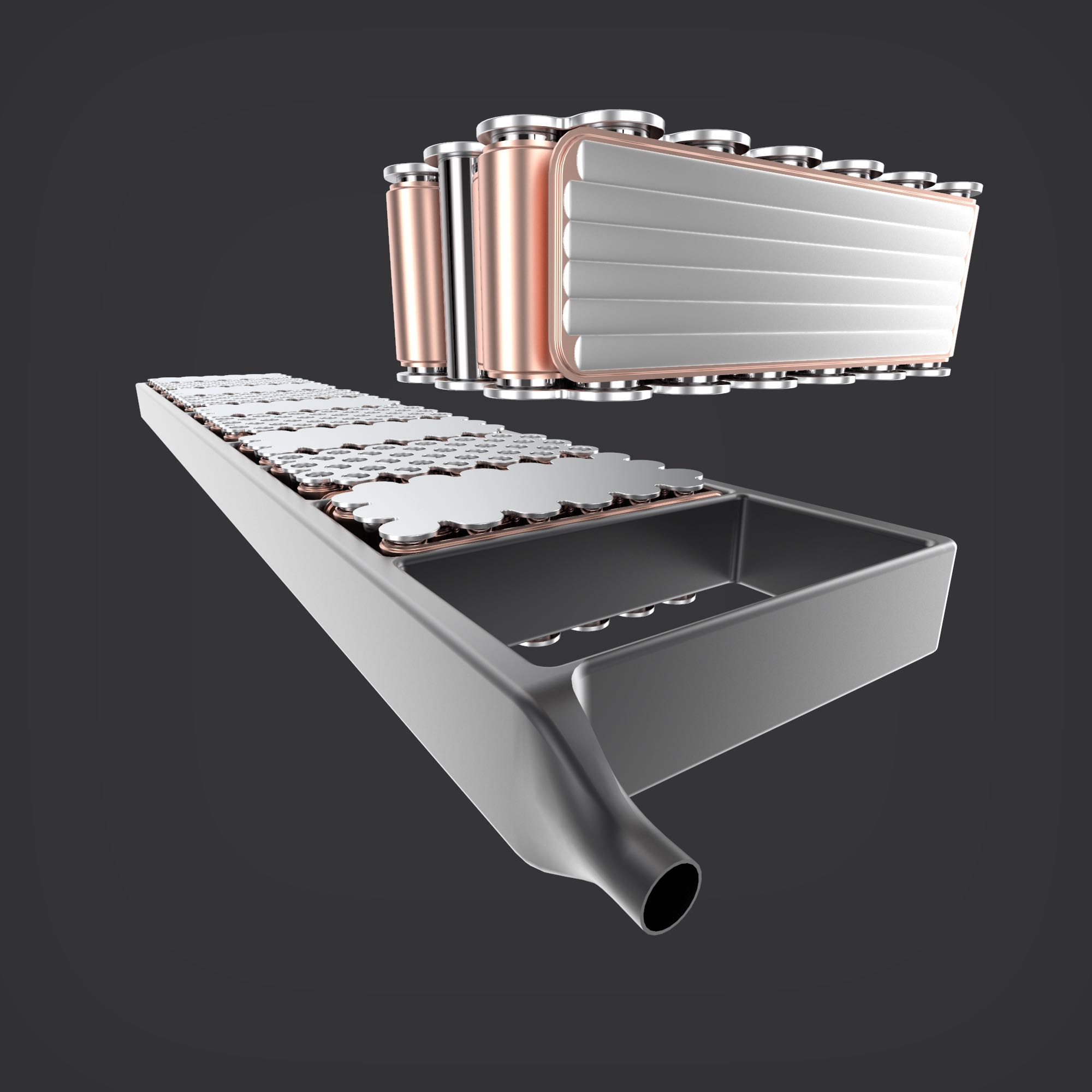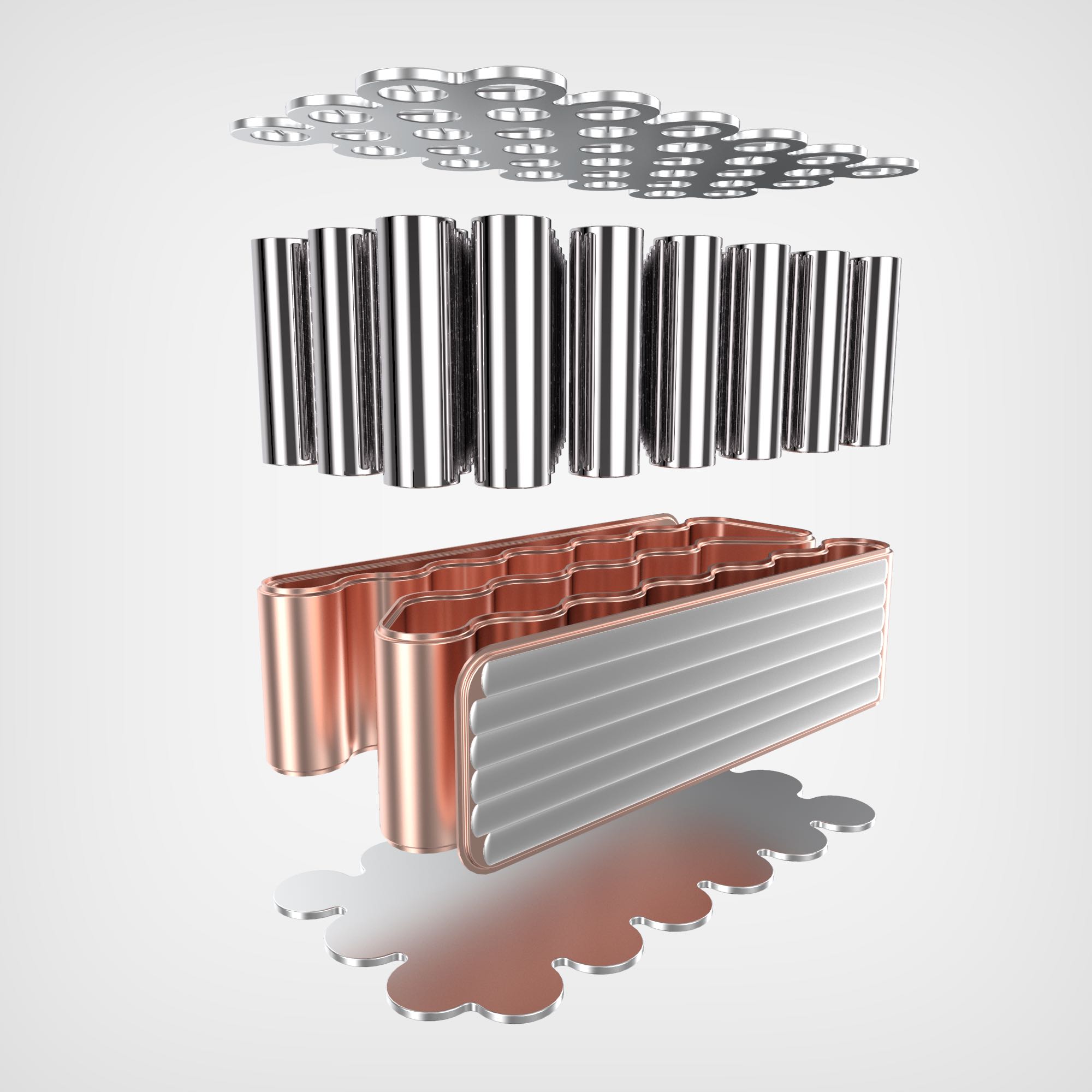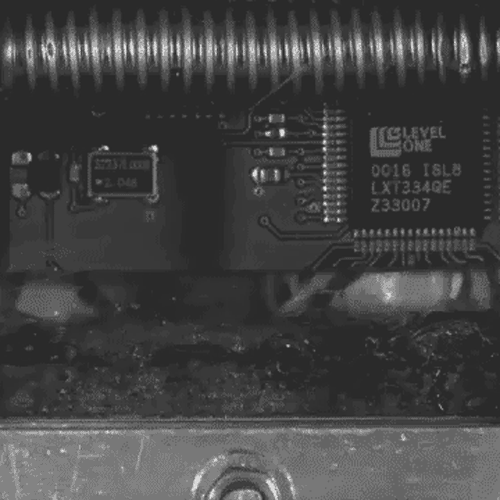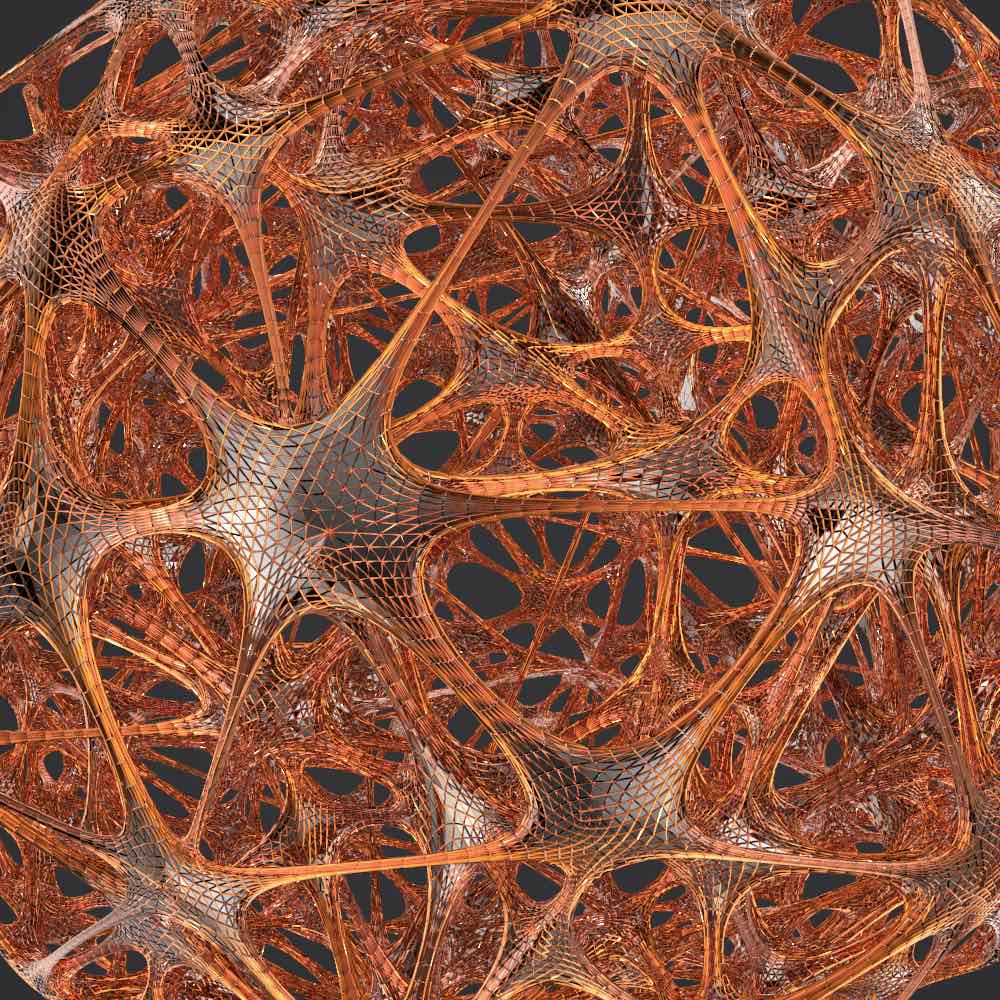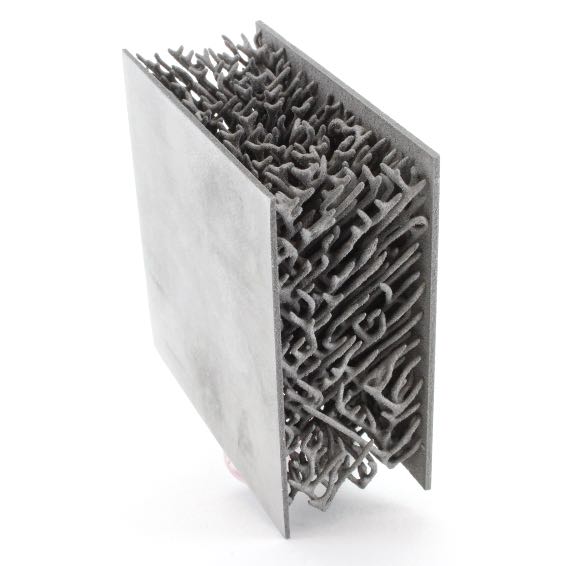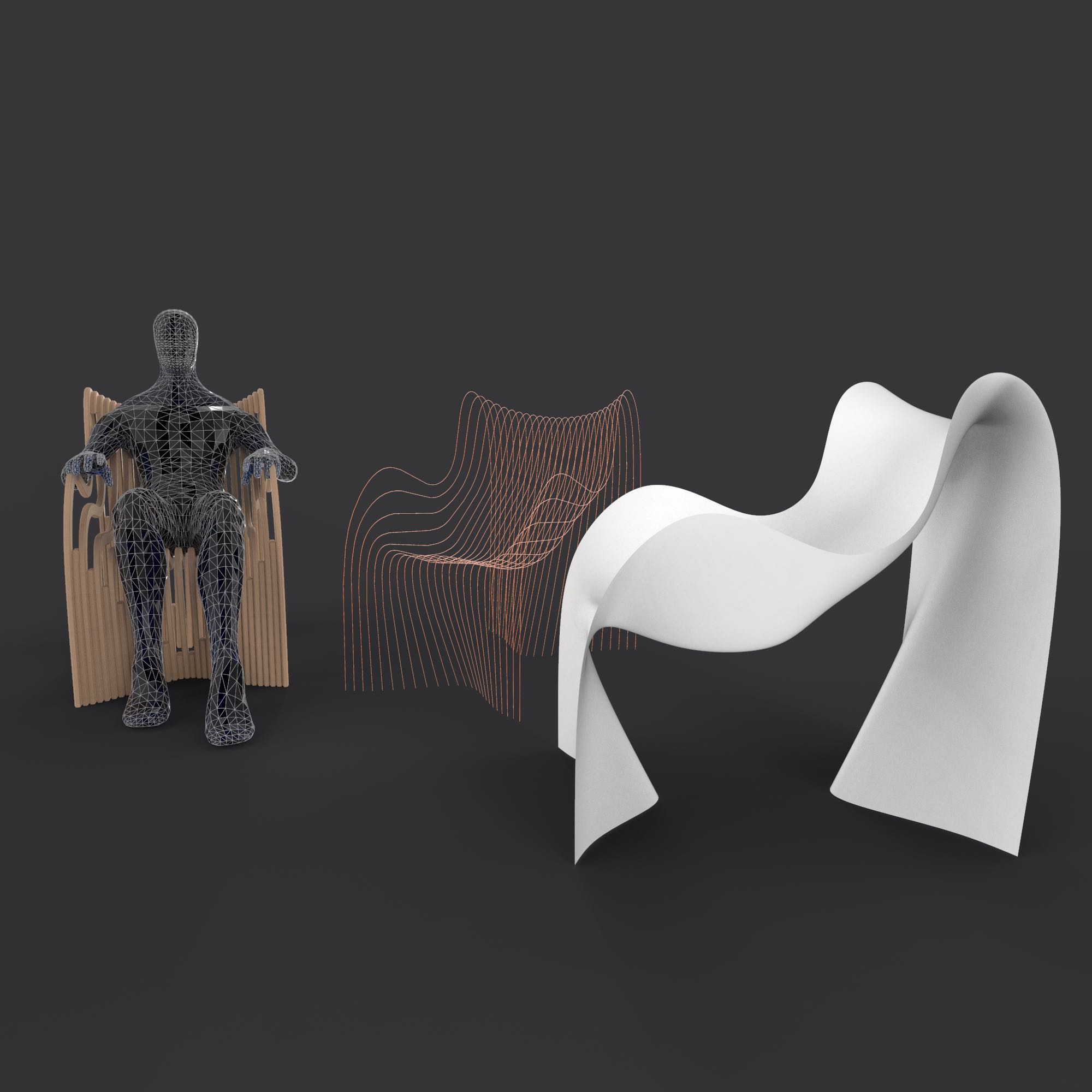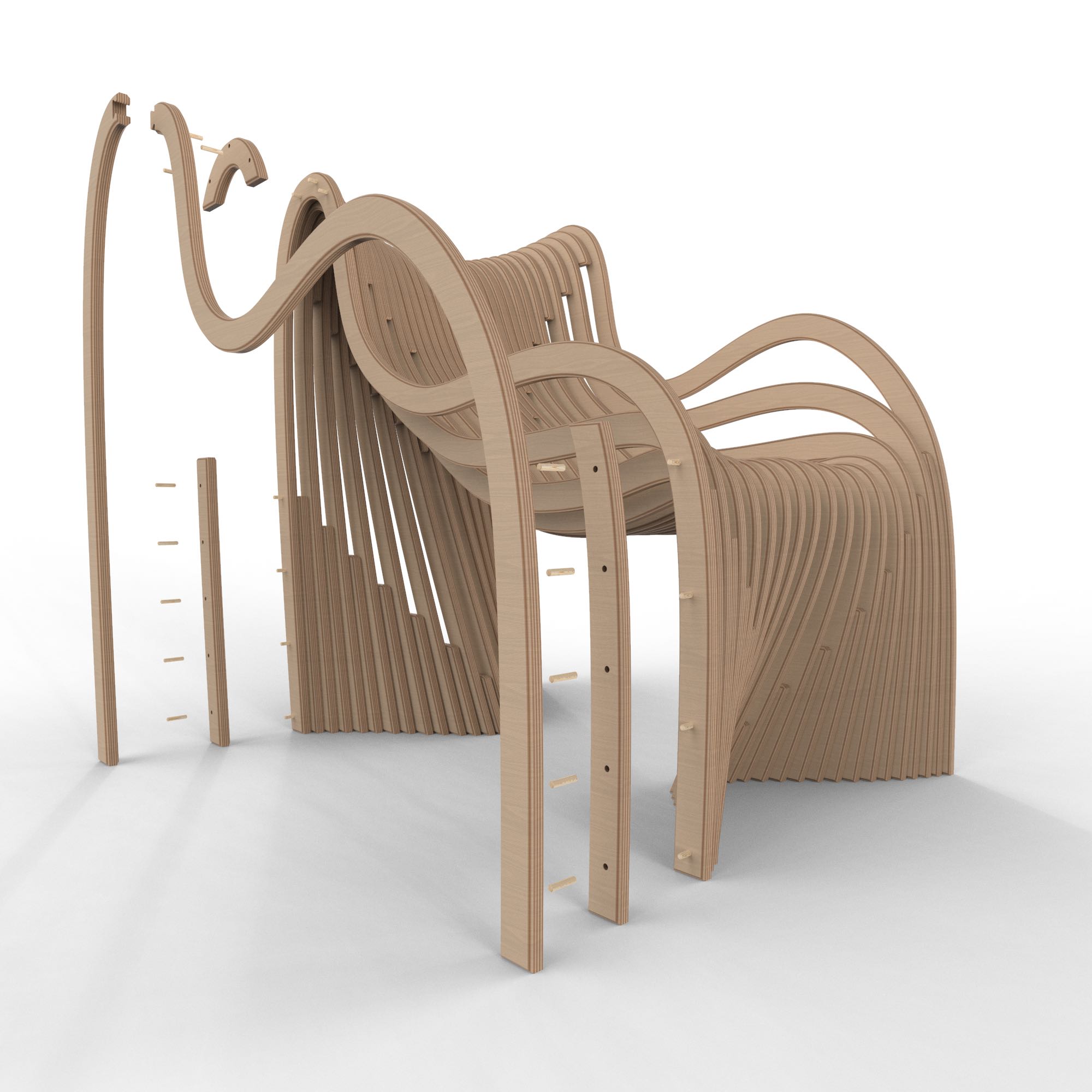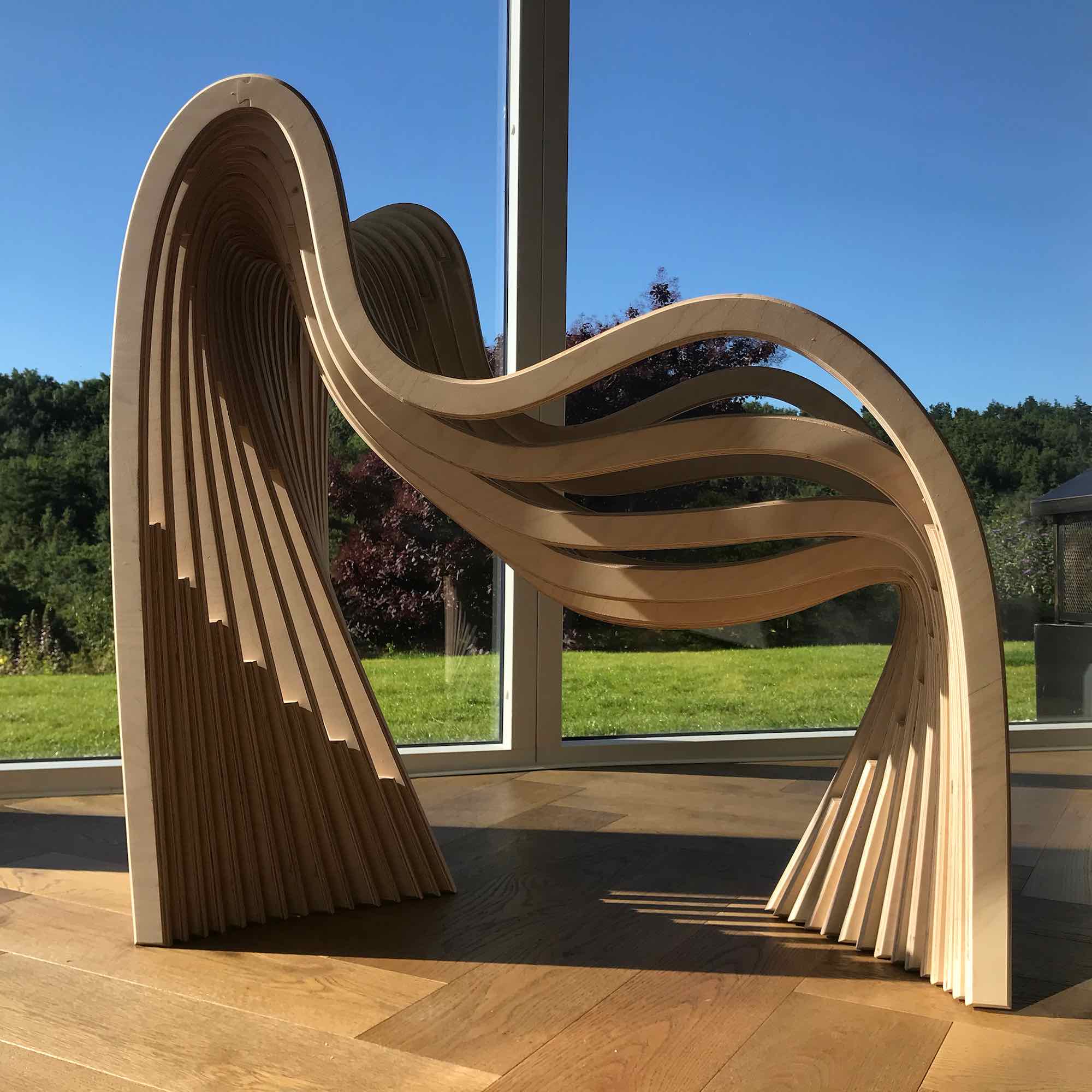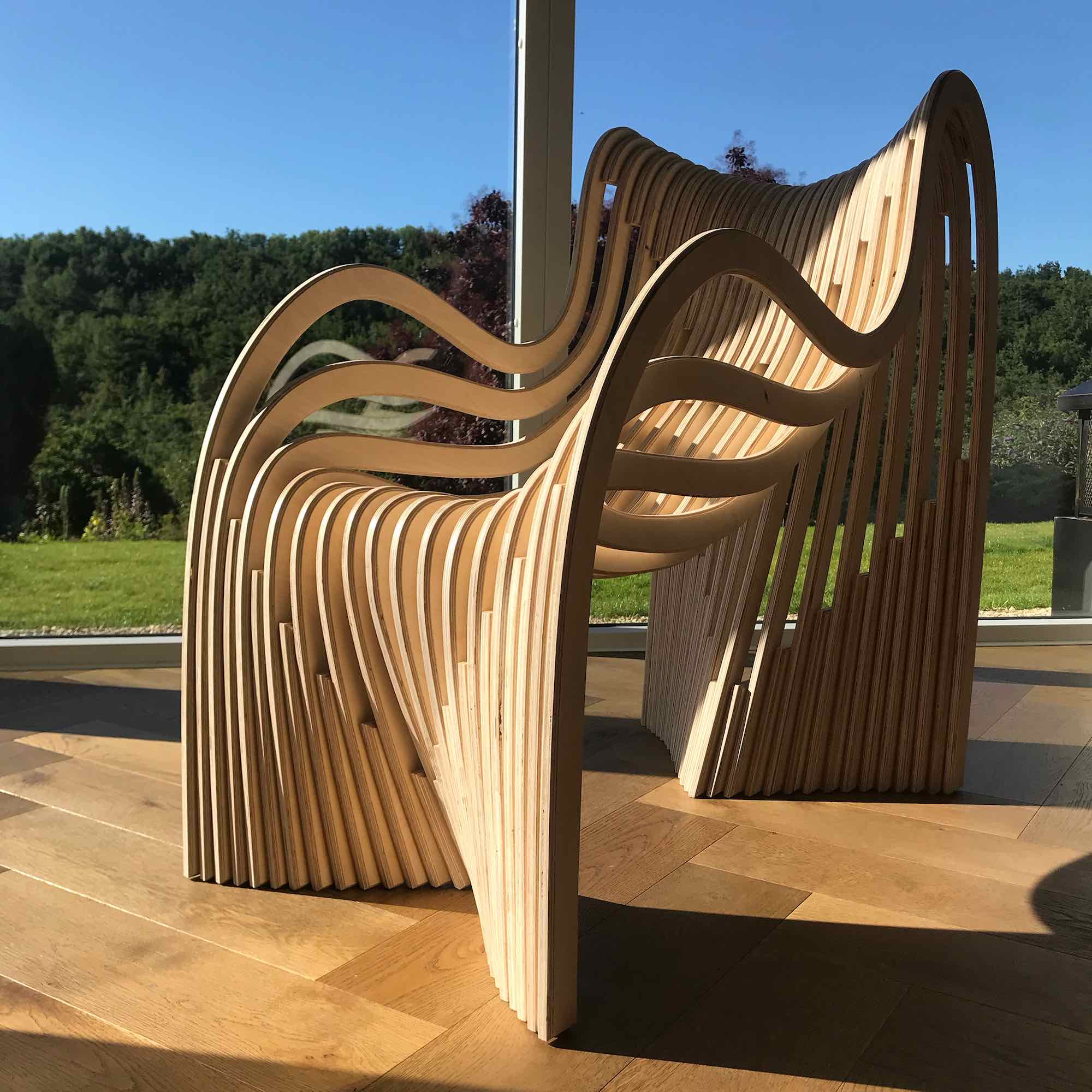Reliable Air Cooling
As the demand for faster, higher capacity, more efficient ICT devices rises in the emerging 5G marketplace, significant thermomechanical challenges persist, hampering progress. For 5G network solutions to become ubiquitous, equipment providers need to address the size, weight, and reliability of their products.
One way to do this is by transitioning from natural convection to forced convection. However, commercially available active cooling devices – i.e. rotating fans – suffer from relatively short lifetimes in outdoor environments. To fill this gap in the market, we invented* an extremely reliable air mover driven by a piezoelectric actuator. We unlocked new design ideas and generated IP by looking towards nature, in particular the motion of a fish's tail as a method of air propulsion. Through extensive experimentation such a Particle Image Velocimetry (PIV) and numerical modelling, we were able to optimise the shape of our blade for maximum airflow and cooling performance. Our experimental tests showed enhanced airflow compared to other COTS reliable air movers. We tested just three of our devices on a mock Remote Radio Head dissipating 330W in the power amplifier section and 90W in the Radio section and demonstrated a 14˚C temperature drop for the radio boards and 26˚C drop for the PA section, a huge reduction.
[* Work performed while employed in Nokia Bell Labs, © 2021 Nokia.]



